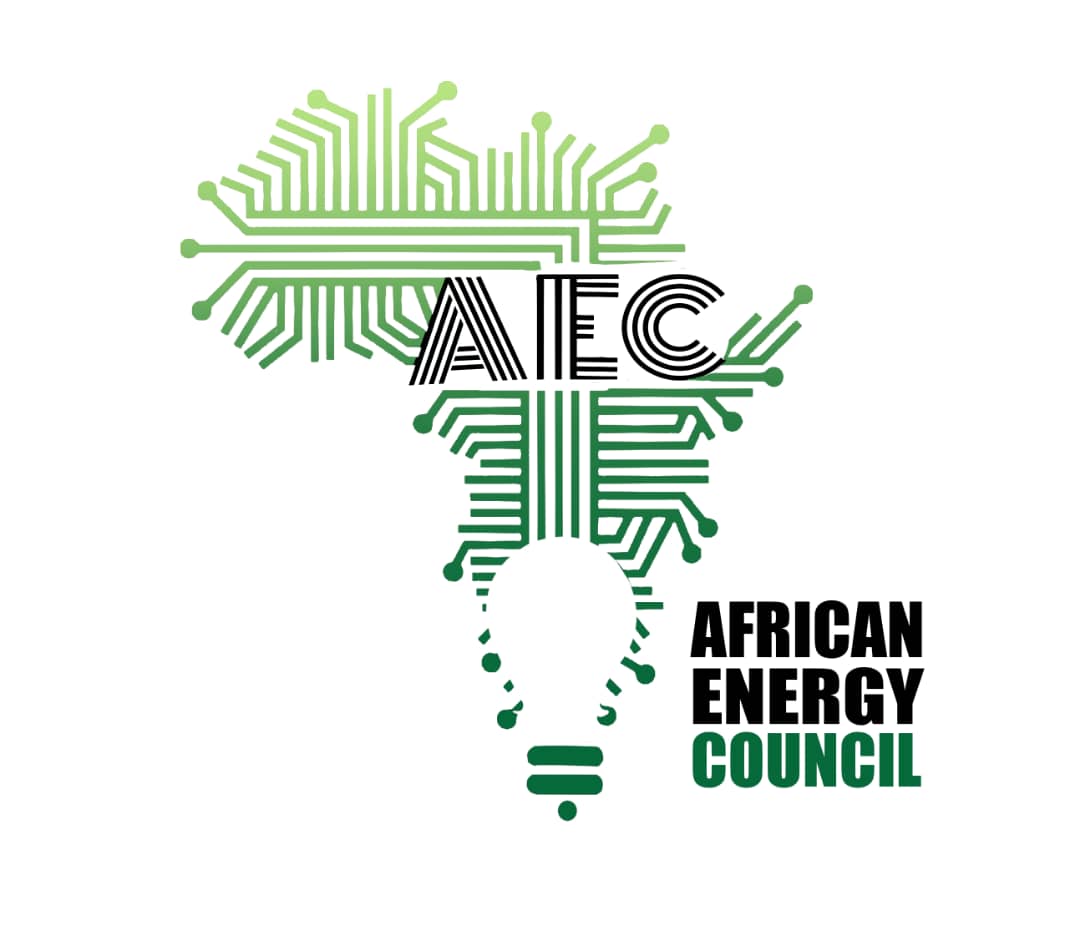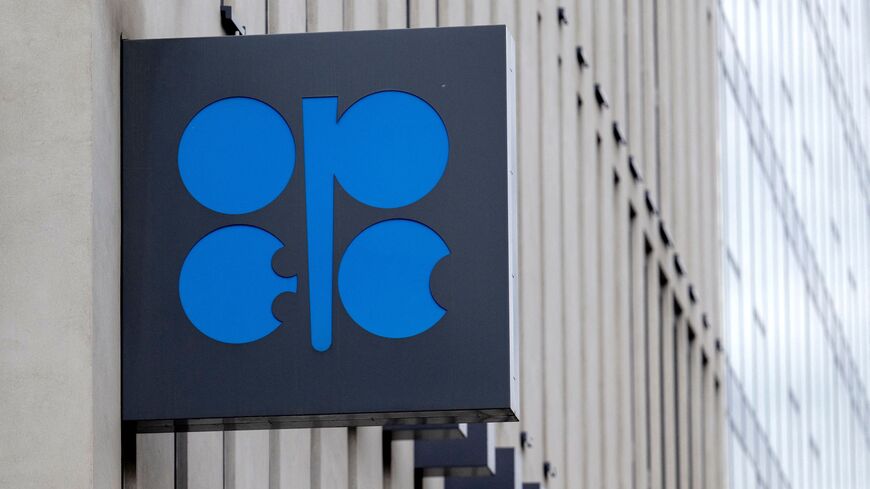The Organization of the Petroleum Exporting Countries (OPEC) revised its earlier forecast upward and predicted that between 2021 and 2045, the world’s oil demand will increase by 13 million barrels per day. The organization made this announcement in its World Oil Outlook (WOO) report yesterday.
However, the cartel cautioned that there was a lot of uncertainty regarding the longer-term supply scenario due to “significant risks to the economic outlook; high inflation; energy policy goals being confronted with energy security challenges; and questions regarding a perceived shortfall in upstream investment, all coupled with persisting and new geopolitical risks.”
According to the report, oil demand is set to grow from 96.9 million barrels per day in 2021 to 109.8 million barrels per day in 2045. However, OECD oil demand will be on a downward trend after 2024, falling by 11 million barrels per day between 2021 and 2045. Meanwhile, non-OECD demand is expected to increase by 23.6 million barrels per day for the corresponding time frame.
Specifically, OPEC expects the pace of oil demand growth to slow down markedly in the longer term, with an average increase of just 200,000 b/d each year in 2030–35 and after that “a relatively long period of plateauing.” Global demand is expected to be 108.3 million b/d in 2030, 109.5 million b/d in 2035, 109.8 million b/d in 2040, and 109.8 million b/d in 2045, according to the report.
The projected increase in oil demand is attributed primarily to the aviation and road transportation sectors in the long term, as both are forecasted to grow by larger volumes, with the global economy recovering from the COVID-19-induced crisis. The report revealed that the largest demand increase over the medium term is projected for China, followed by India.
Non-OPEC liquids supply is expected to rise to 71.4 million barrels per day in 2027 from 63.6 million barrels per day in 2021, peak at 72.4 million barrels per day in 2030, and then decline.
The US, Brazil, Guyana, Canada, and Norway are projected to drive non-OPEC supply growth over the next five years. Once US supply peaks in the late 2020s, Brazil and Guyana “are joined by Canada, Kazakhstan, and Qatar as the primary sources of non-Opec liquids supply increments.” According to the WOO
According to OPEC, $12.1 trillion will be needed for oil investments between 2022 and 2045, with $9.5 trillion going toward upstream, $1.6 trillion going toward midstream, and $1 trillion going toward downstream.
With upwardly updated demand predictions and projected cost inflation in the short-to medium-term more than balancing the forecast period being one year shorter, this is greater than the $11.8 trillion forecast for 2021–45 in last year’s WOO.

